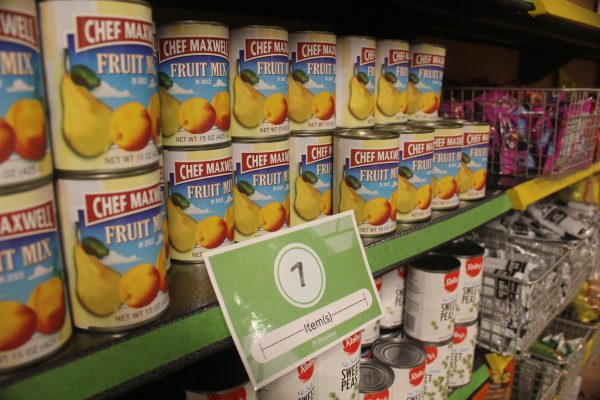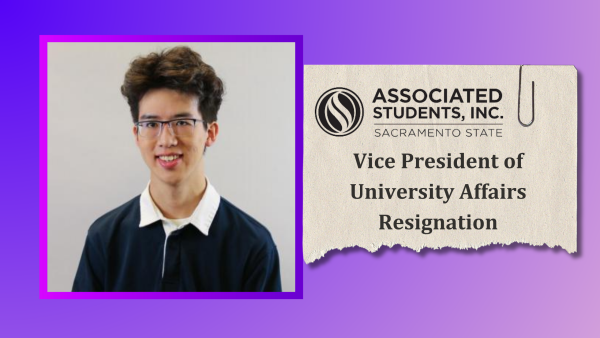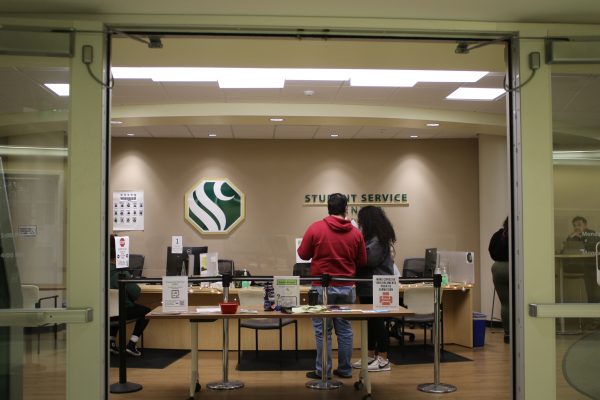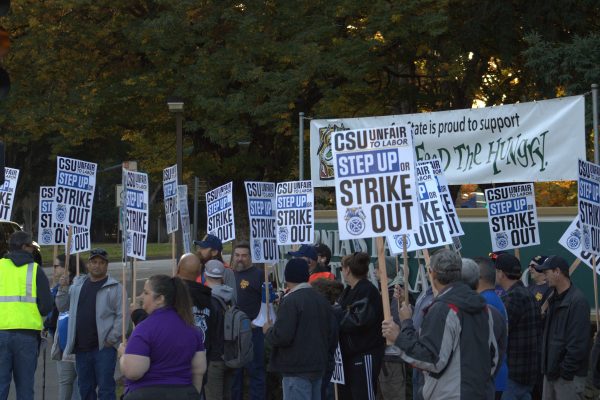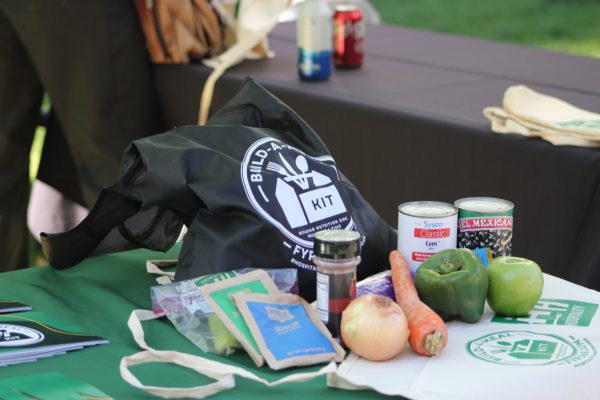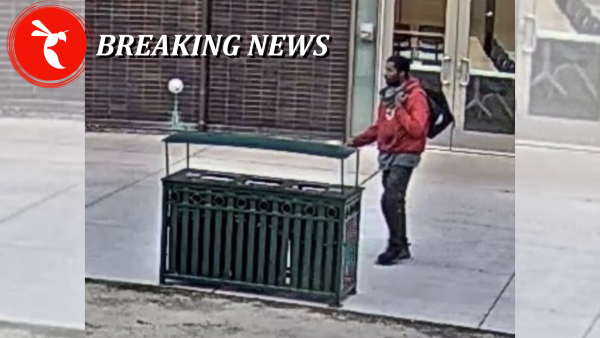Do levees put Sac State at risk?
October 17, 2012
During the storm of 1986, Sacramento State experienced Mother Nature’s power.
Campus watched the American River swell to the top of its levees while the river’s dark, churning water rose so high, it almost touched the bottom of the Guy West Bridge.
Sac State is located in the city with the greatest flood risk of any major city in the country according to the Sacramento Area Flood Control Agency’s website. Old, poorly constructed levees and an abundance of mountain runoff combine for an increased flood risk. During a major flood event, Sac State could be as much as 10 feet underwater.
After failing regular inspections by the U.S. Army Corps of Engineers because of their condition, the levees located directly behind Sac State and 17 other area levees remain ineligible for federal funding in the event they are damaged during a storm.
As the winter storm season looms, the levees remain vulnerable, increasing the risk to citizens and putting already cash-strapped local governments on the hook for millions of dollars for possible repair costs.
Disagreements continue among the organizations involved following an Aug. 22 letter announcing the Corps’ findings to the Central Valley Flood Protection Board, who’s responsible for maintaining the levees.
Both the Corps and the Central Valley Flood Protection Board agree the main issues are multiple encroachments, or structures or pools built too close to levees, and erosion problems along the levees.
However, the organizations can’t seem to agree on how to address the issues.
“The Corps needs to cut us some slack,” said Len Marino, chief engineer at the Central Valley Flood Protection Board.
He called the Corps’ letter “old news” and said he was “disappointed” by the way the letter was presented, calling it sensationalized.
Marino said the Corps takes direction from generals in Washington, D.C., who gave the order to go out and “kick California’s butt.”
“They’re kicking us in the rear to get us going on this,” Marino said.
However, the Central Valley Flood Protection Board had threeyears to remedy levee problems. An agreement was created in 2009 allowing unacceptable levees to still receive federal funding despite not passing inspections because of issues like erosion and encroachments.
“There was an agreement between the Feds and the State called the ‘Framework Agreement’ that grandfathered some encroachments into the system,” Marino said.
Until it expired in June, the framework, which the Corps said was meant to be temporary, allowed the levees to keep their eligibility for federal funding while the Central Valley Flood Protection Board created its own flood protection plan. Marino said the Central Valley Flood Protection Board feels its plan is more appropriate than the Corps’ one-size-fits-all approach to levee inspection and maintenance.
However, the Corps said the Central Valley Flood Protection Board’s Central Valley Flood Protection Plan is not suitable because it does not address areas that led to the levees losing their eligibility.
“The levees in this area are in bad shape. They are likely to not perform as designed,” said DeDe Cordell, chief of public affairs for the corps. “(The encroachments) are likely to affect the performance of the levees during a flood water event.”
While Cordell praised parts of the Central Valley Flood Protection Board’s plan and said she is excited about its possibilities, she also said it is lacking in important areas like fixing encroachments.
“Encroachments have been, were and will continue to be problems for the safety of those levees,” Cordell said. “The Corps found these issues to be unacceptable,” she said. “The plan did not address the issues, and that equals insufficient levees.”
Marino stressed citizens do not need to worry about the levee’s strength.
Cordell said she disagreed, saying anyone who lives behind a levee is at risk and Sacramento is the most at risk flood city in the nation.
Cordell said despite the Corps’ findings, levee work continues to advance, and progress is being made on bringing California’s levees up to the goal of a 200-year flood protection level.
“None of the inactivated systems have been activated again but, on Oct. 1, we received a letter from the (Central Valley Flood Protection Board) stating that state and local levee maintaining agencies have begun to correct identified problems and that they will be asking for re-inspection and reinstatement in the program for those things that could be easily corrected,” Cordell said.
However, Marino said the levees being re-inspected and repaired are not those behind Sac State, but instead four Stockton levees.
Cordell went on to say some problems will take longer to fix, but the Corps is working with the Central Valley Flood Protection Board to reinstate the levees, making them temporarily eligible to receive federal aid for two years.
Both agencies said they are confident levee issues can be resolved and the Sacramento area levees will be upgraded to the goal of 200-year flood protection level.
“Yes, we are making progress, but we have a long way to go and it will cost a lot of money. I believe we are starting the process,” Cordell said.
The Central Valley Flood Protection Board remains optimistic as well.
“We will patch up our differences (with the Corps) and keep going. We think we have a path forward back into the (federal aid) program,” Marino said.
While the chance of a major flood event is remote, Sacramento and Sac State have flooded in the past.
In 1986 and 1997, Sacramento experienced major flood events. The 1986 flood caused Folsom Dam to be downgraded to a 60-year flood level status, far from the 200-year goal.
In 1997, Sacramento dodged a possible disaster when winter storms overshot the city, but caused levee breaks in Olivehurst, Arboga, Wilton, Manteca and Modesto causing millions of dollars in damage.
Also, in 2009 heavy rains caused flooding in the Sac State Library basement, damaging archives and classrooms.
The longer “unacceptable” levees protect the school, the more students and faculty are at risk.
The Central Valley Flood Protection Board will talk more about the situation at their board meeting on Oct. 26 at 9:00 a.m. in the auditorium at 1416 Ninth St.
Robert Linggi can be reached at [email protected]



























































































































